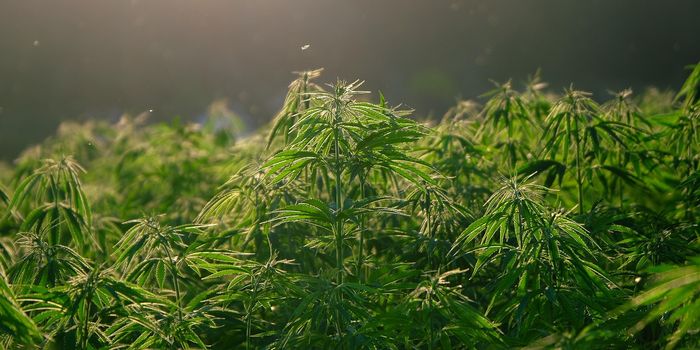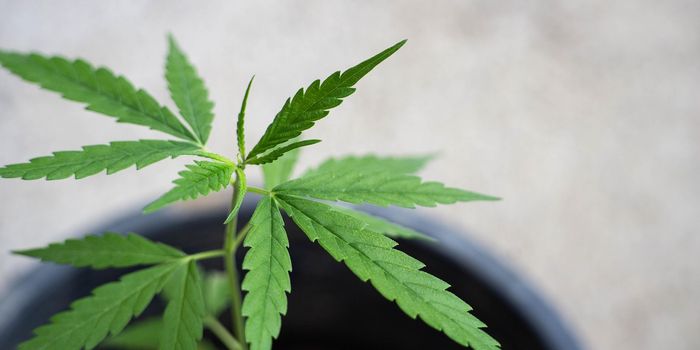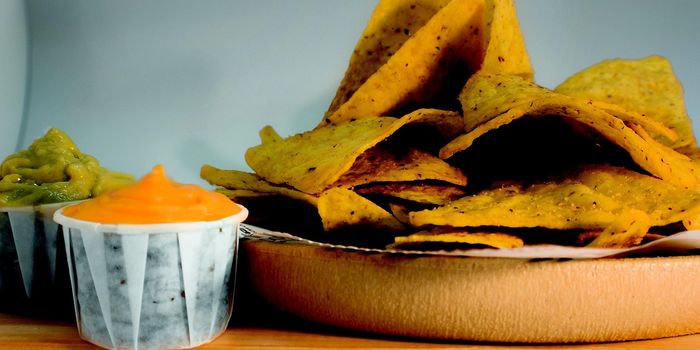Genotyping Methods for Identifying Male Cannabis Plants
A study published in the Journal of Cannabis Research examined the expression of male-associated DNA from Cannabis (MADC), a polymerase chain reaction-based genetic marker. The study demonstrated applications of a cost-effective high-throughput male genotyping assay.
Determining the sex of a cannabis plant is critical, so growers use several strategies for identifying male and female plants. Male plants do not produce buds or flowers like female plants do and instead have pollen sacks. However, male cannabis plants offer some advantages in industrial applications; males have a more rapid growth cycle than female plants and are more suitable for fiber. Additionally, they can be used to pollinate female plants and produce grain. On the other hand, female cultivars produce large amounts of secondary metabolites, including cannabinoids, terpenes, and flavonoids, that are used for medicinal and recreational purposes.
Researchers assessed data from 8,200 leaf samples that were analyzed for real-time quantitative polymerase chain reaction (qPCR) detection of MADC2 and they observed roughly 98.5% accurate detection of MADC2. They also carried out assay development for high-resolution melting analysis (HRM), loop-mediated isothermal amplification (LAMP), and TwistDx recombinase amplification (RPA) assays using MADC2 for male identification. The study found that the detection of tissue control cannabinoid synthesis for 8,200 samples and the absence of MADC2 detection in 5,047 non-males demonstrated high-throughput real-time genotyping assay.
The findings provide valuable insights that can be used to increase plant screening efficiency. Early and accurate detection can improve cannabis crop health and yield size. The team pointed out that third-party cannabis testing laboratories can conduct several real-time assays for diagnostic testing purposes. The cost-effective and easy-to-use assays can be used in the grow environment with minimal molecular biology equipment by cultivation technicians with varying levels of expertise.
Sources: Journal of Cannabis Research








